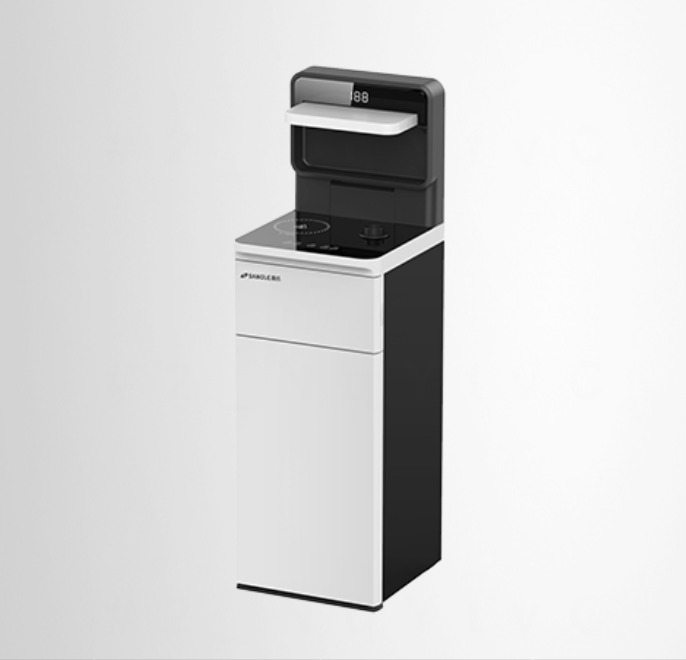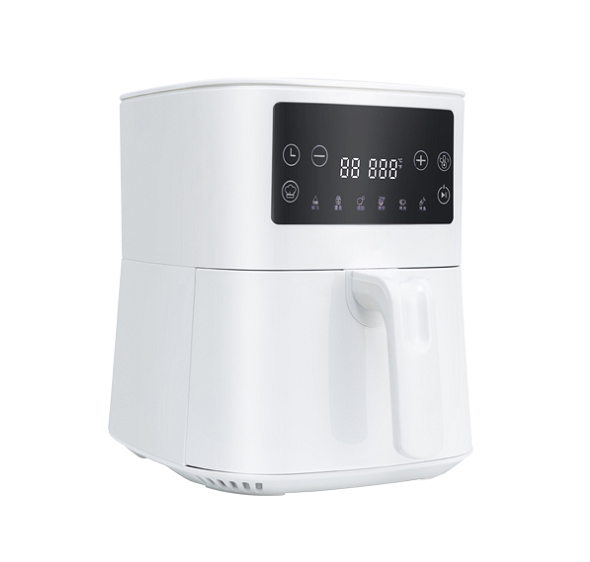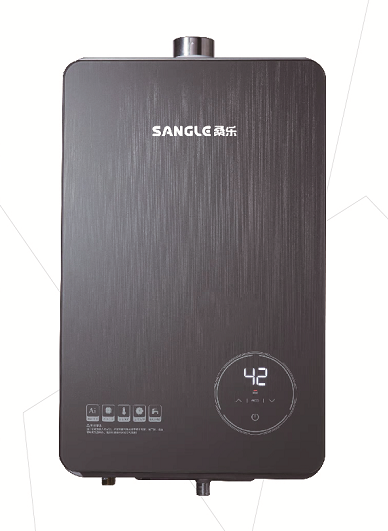How many solar panels are needed to power my home?
Solar panels have loved a meteoric upward push in recognition in current decades. That’s thank you in component to an growth in environmentally accountable conduct and the preference to lessen strength payments through changing conventional reassets of heating, cooling and energy with cleaner, greater herbal reassets. If you're taking into consideration making this switch, you’re probable thinking what number of sun panels it takes to strength a house.
If you're wondering how many solar panels you may need, and you’d like to take a stab at calculating it yourself, you’ll need a few pieces of information: how much energy your household uses; how much space you have on your roof that can be used for solar panel placement, how many hours of sun your home gets and the wattage and relative efficiency of the photovoltaic (PV) solar panels you'll be installing.
How to Determine How Many Solar Panels Do I Need?
In order to learn how many solar panels are needed to power a house, you’ll use a formula with three key factors, according to EnergySage: annual energy usage, panel wattage and production ratios. But what does that mean exactly?
Annual Electricity Usage
The first step is to determine your annual electricity usage; that’s the amount of electricity consumed by your entire household in a year. Measured in kilowatt-hours (kWh), this number includes all sources of electricity in your home, including small and large appliances, air conditioning units, lights, air purifiers and water heaters. The U.S. Energy Information Administration (EIA) indicates the average household consumes about 11,000 kWh of electricity per year.
Solar Panel Wattage
Solar panels may look mostly the same, but they aren’t exactly created equally, so you’ll need to know the wattage of the panels you’re hoping to install. The panel wattage is the amount of electricity emitted from the panel. Most solar panels range between 250 to 400 watts of power, so it’s safe to assume 300 is the average panel wattage you might find.
Production Ratios
According to EnergySage, a solar panel system’s production ratio is the ratio of the estimated energy output of a system over time (in kWh) to the actual system size (in W). You might think that this would be a 1:1 ratio – that you get out what goes in. But variations in the amount of sunlight that beams down on your home causes that not to be the case.
A 10 kW system that produces 16 kWh of electricity in a year will have a production ratio of 1.6 (16/10 = 1.6). In a place like Hawaii, which enjoys long days and consistent sunshine, it’s totally possible to have this type of ratio, whereas cloudy, rainy New England might see an average production ratio of only 1.2







